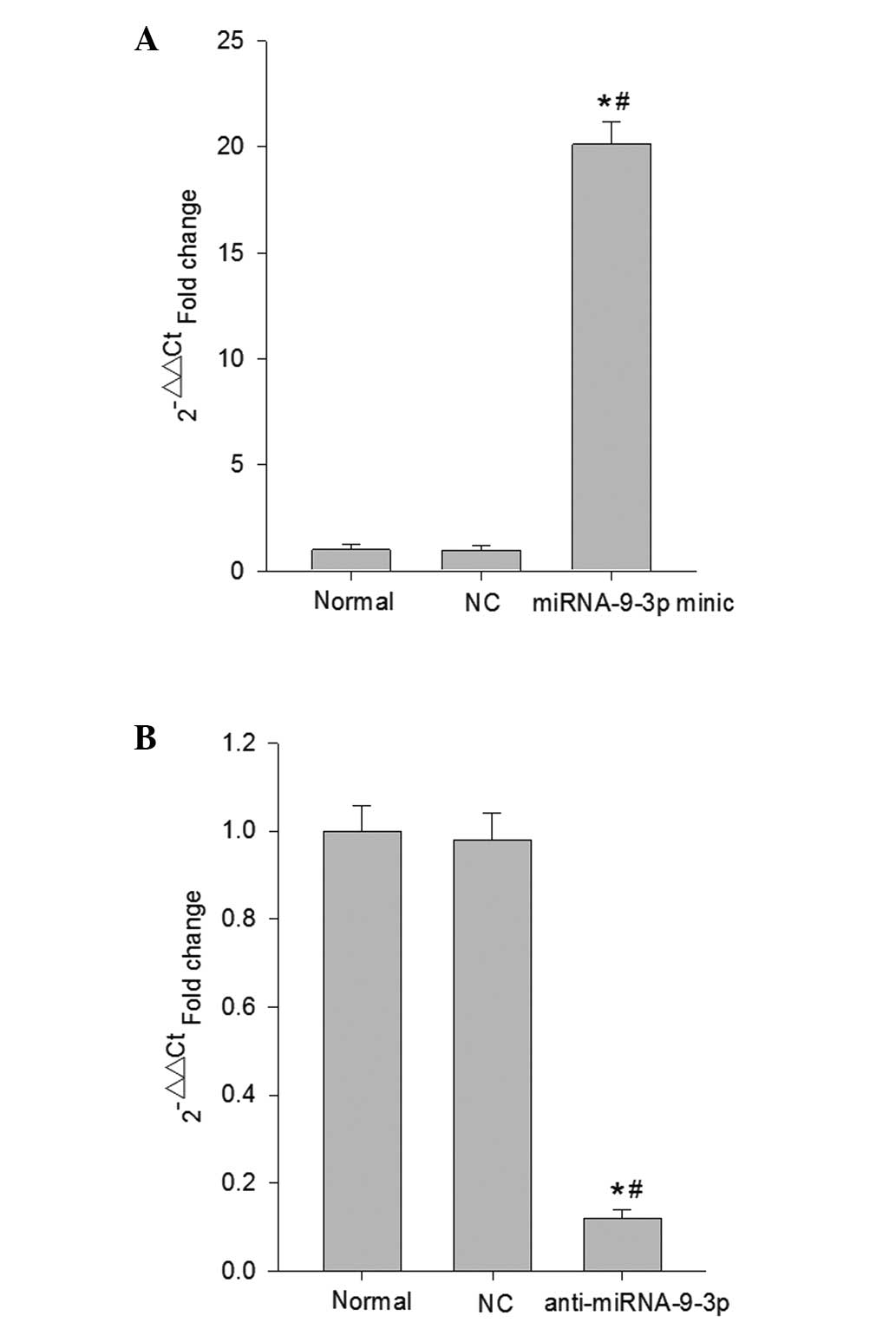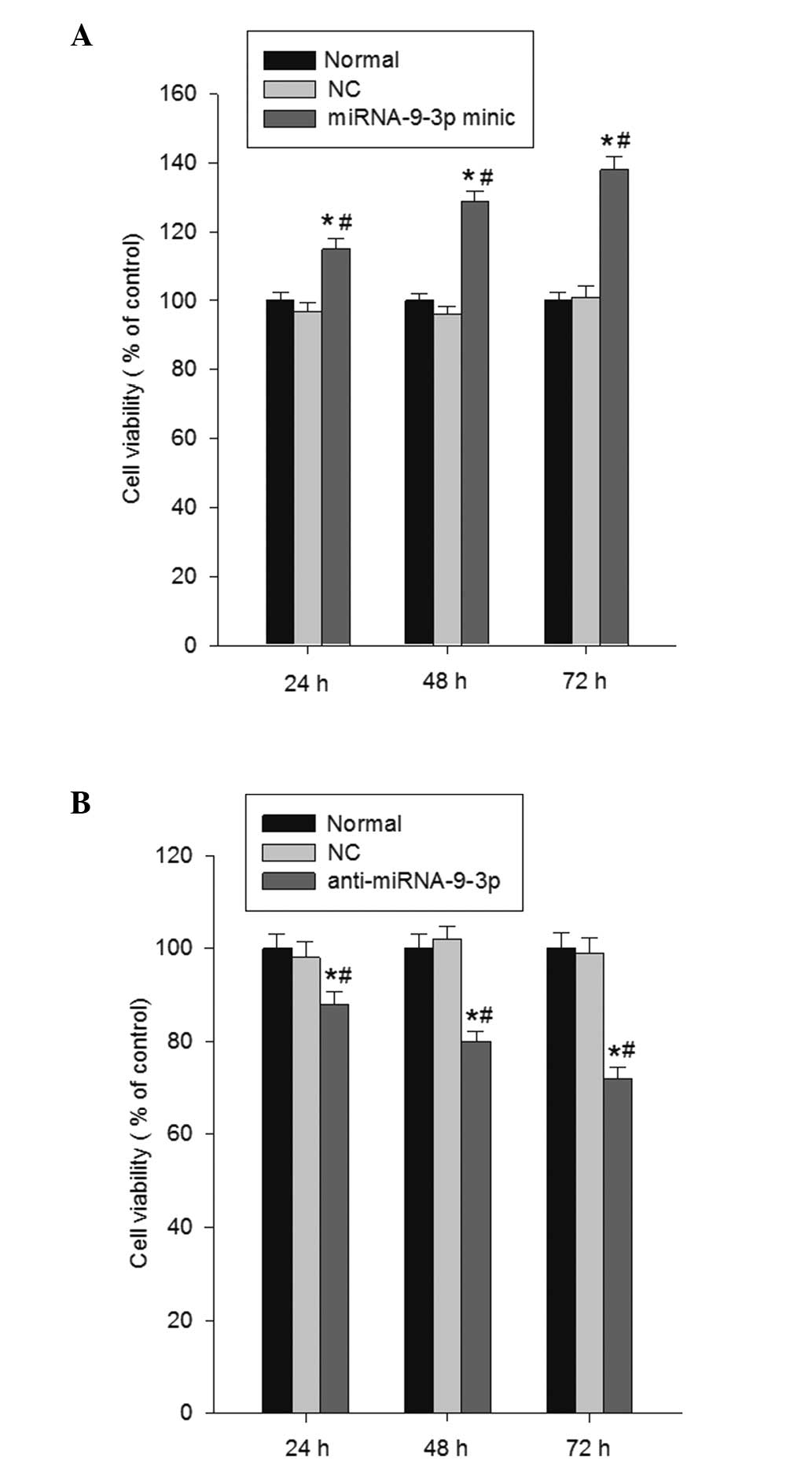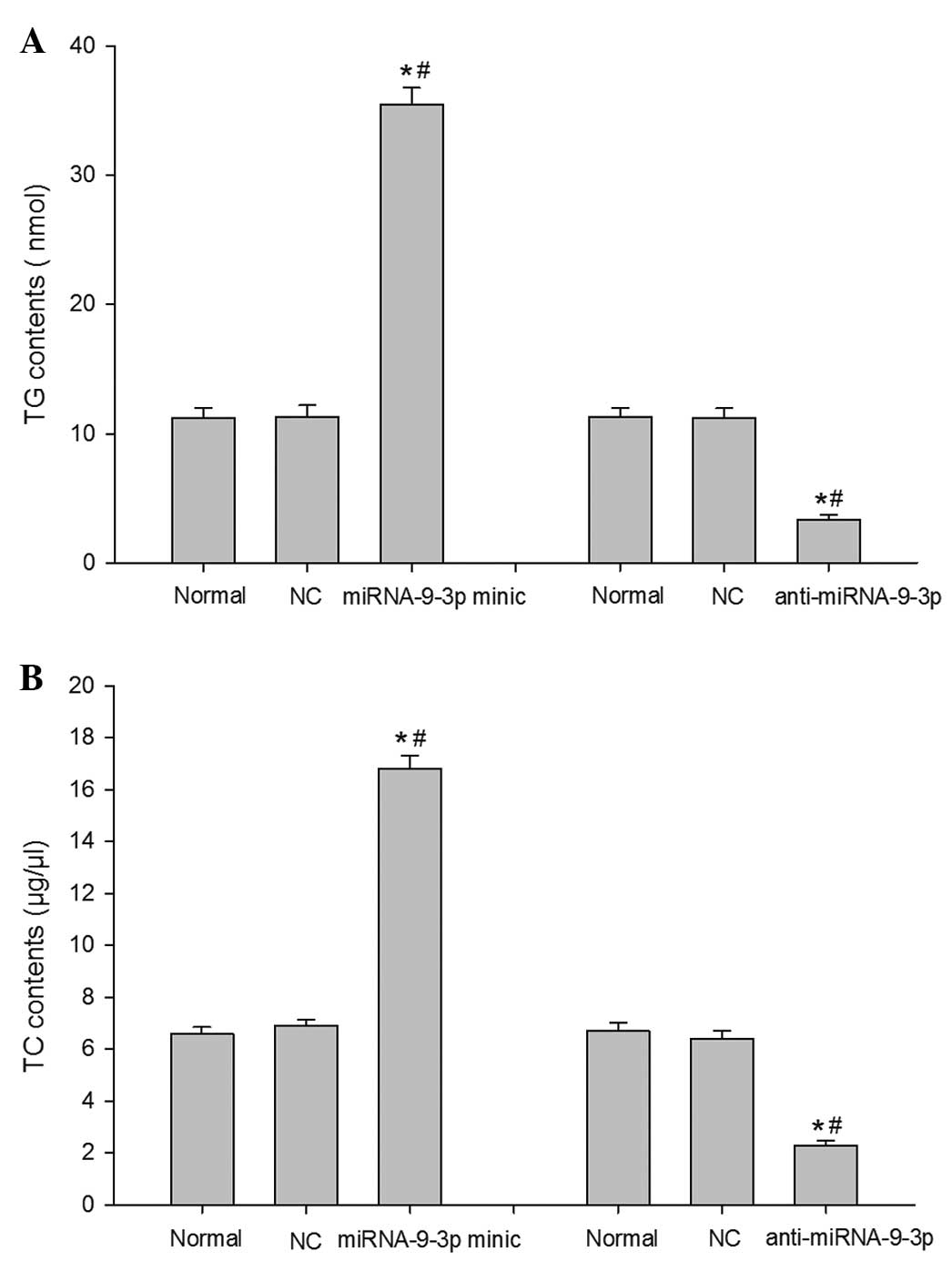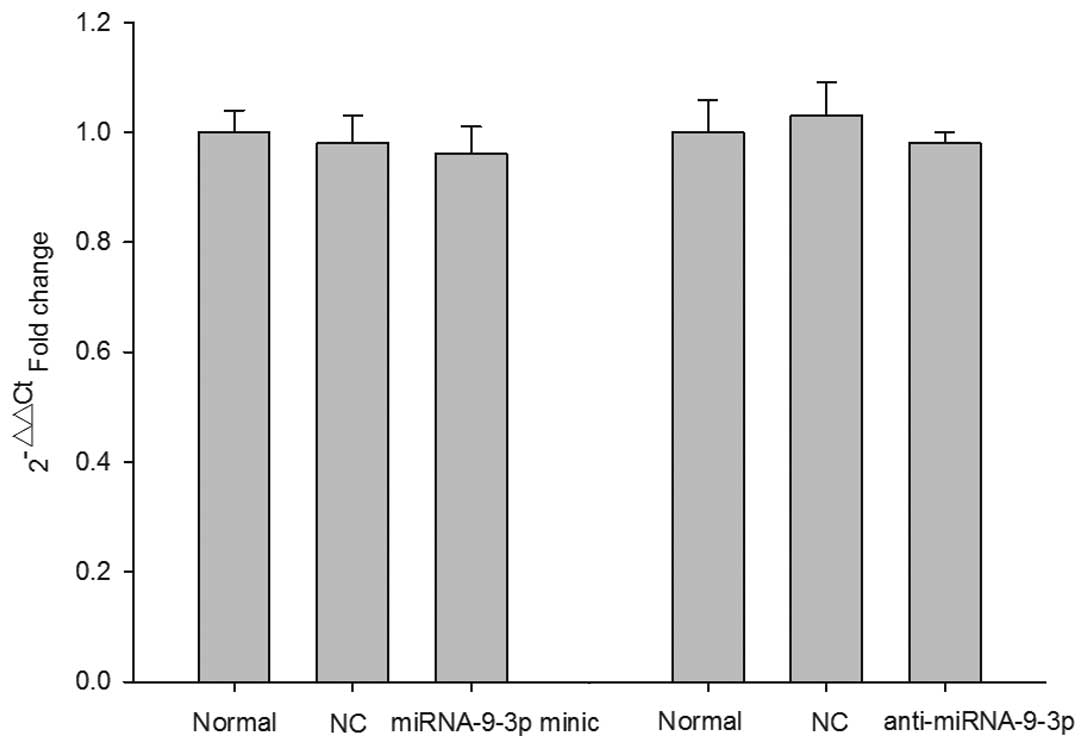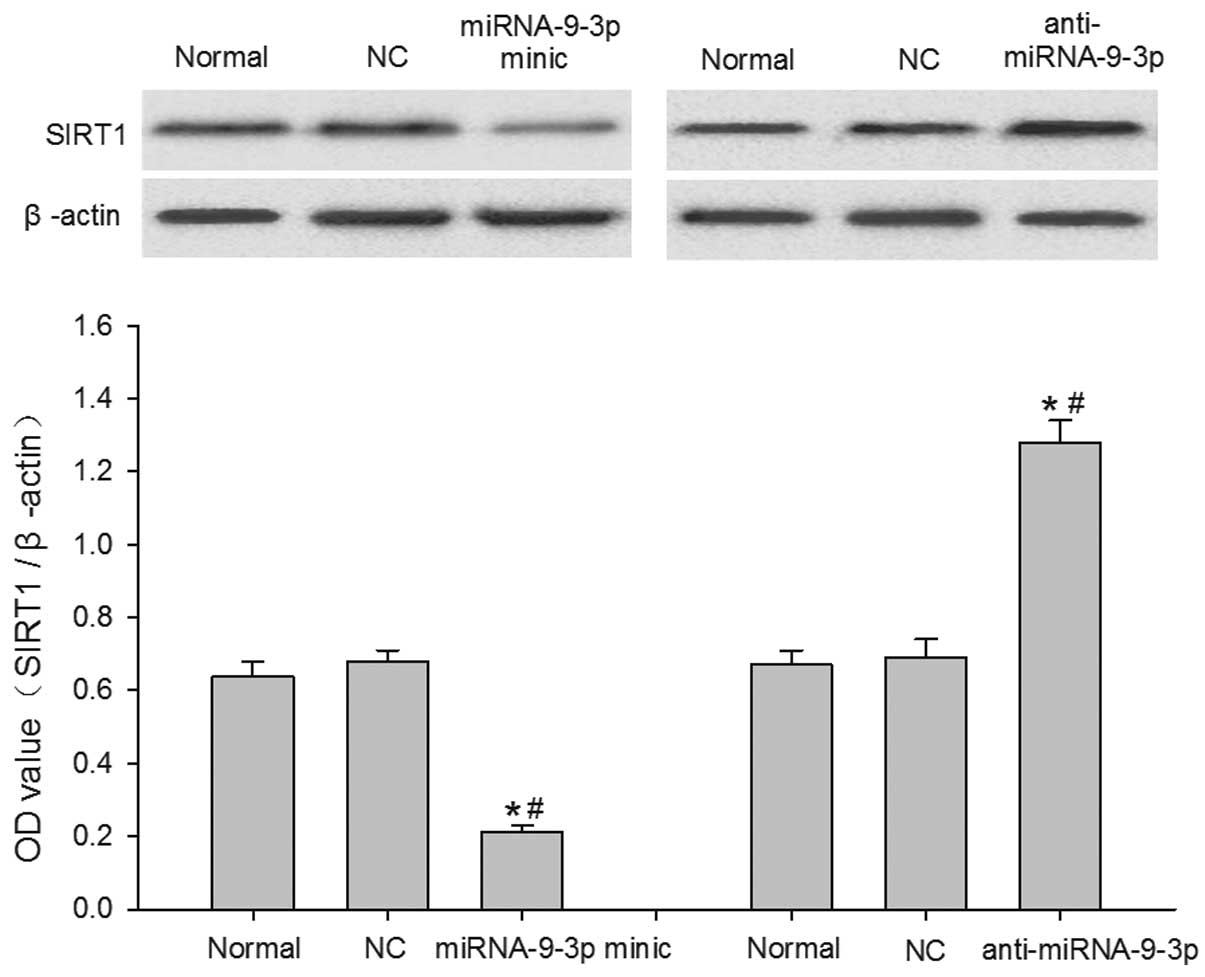|
1
|
Ludovico O, Carella M, Bisceglia L, Basile
G, Mastroianno S, Palena A, De Cosmo S, Copetti M, Prudente S and
Trischitta V: Identification and clinical characterization of adult
patients with multigenerational diabetes mellitus. PLoS One.
10:e01358552015. View Article : Google Scholar : PubMed/NCBI
|
|
2
|
Zhou Y, Fang R, Liu LH, Chen SD and Tang
HD: Clinical characteristics for the relationship between type-2
diabetes mellitus and cognitive impairment: A cross-sectional
study. Aging Dis. 6:236–244. 2015. View Article : Google Scholar : PubMed/NCBI
|
|
3
|
García ALM, Villarreal RE, Galicia RL,
Martínez GL and Vargas DER: The cost of polypharmacy in patients
with type 2 diabetes mellitus. Rev Med Chil. 143:606–611. 2015.In
Spanish. View Article : Google Scholar
|
|
4
|
National Kidney Foundation: KDOQI Clinical
Practice Guideline for Diabetes and CKD: 2012 Update. Am J Kidney
Dis. 60:850–886. 2012. View Article : Google Scholar : PubMed/NCBI
|
|
5
|
Perkovic V, Heerspink HL, Chalmers J,
Woodward M, Jun M, Li Q, MacMahon S, Cooper ME, Hamet P, Marre M,
et al: Intensive glucose control improves kidney outcomes in
patients with type 2 diabetes. Kidney Int. 83:517–523. 2013.
View Article : Google Scholar : PubMed/NCBI
|
|
6
|
Madonna R and De Caterina R: Cellular and
molecular mechanisms of vascular injury in diabetes-part I:
Pathways of vascular disease in diabetes. Vasc Pharmacol. 54:68–74.
2011. View Article : Google Scholar
|
|
7
|
Duckworth W, Abraira C, Moritz T, Reda D,
Emanuele N, Reaven PD, Zieve FJ, Marks J, Davis SN, Hayward R, et
al: Glucose control and vascular complications in veterans with
type 2 diabetes. New Engl J Med. 360:129–139. 2009. View Article : Google Scholar
|
|
8
|
Li H, Feng SJ, Su LL, Wang W, Zhang XD and
Wang SX: Serum hepcidin predicts uremic accelerated atherosclerosis
in chronic hemodialysis patients with diabetic nephropathy. Chin
Med J (Engl). 128:1351–1357. 2015. View Article : Google Scholar
|
|
9
|
Talmud PJ, Hingorani AD, Cooper JA, Marmot
MG, Brunner EJ, Kumari M, Kivimäki M and Humphries SE: Utility of
genetic and non-genetic risk factors in prediction of type 2
diabetes: Whitehall II prospective cohort study. BMJ.
340:b48382010. View Article : Google Scholar : PubMed/NCBI
|
|
10
|
Li H, Gan W, Lu L, Dong X, Han X, Hu C,
Yang Z, Sun L, Bao W, Li P, et al: A genome-wide association study
identifies GRK5 and RASGRP1 as type 2 diabetes loci in Chinese
Hans. Diabetes. 62:291–298. 2013. View Article : Google Scholar
|
|
11
|
Wang C, Li L, Wang L, Ping Z, Flory MT,
Wang G, Xi Y and Li W: Evaluating the risk of type 2 diabetes
mellitus using artificial neural network: An effective
classification approach. Diabetes Res Clin Pract. 100:111–118.
2013. View Article : Google Scholar : PubMed/NCBI
|
|
12
|
Watanabe T, Hirata M, Yoshikawa Y,
Nagafuchi Y, Toyoshima H and Watanabe T: Role of macrophages in
atherosclerosis. Sequential observations of cholesterol-induced
rabbit aortic lesion by the immunoperoxidase technique using
monoclonal antimacrophage antibody. Lab Invest. 53:80–90.
1985.PubMed/NCBI
|
|
13
|
Werns SW, Walton JA, Hsia HH, Nabel EG,
Sanz ML and Pitt B: Evidence of endothelial dysfunction in
angiographically normal coronary arteries of patients with coronary
artery disease. Circulation. 79:287–291. 1989. View Article : Google Scholar : PubMed/NCBI
|
|
14
|
Hansson GK: Immune and inflammatory
mechanisms in the development of atherosclerosis. Br Heart J.
69(Suppl 1): S38–S41. 1993. View Article : Google Scholar : PubMed/NCBI
|
|
15
|
Guzik B, Sagan A, Ludew D, Mrowiecki W,
Chwała M, Bujak-Gizycka B, Filip G, Grudzien G, Kapelak B, Zmudka
K, et al: Mechanisms of oxidative stress in human aortic
aneurysms-association with clinical risk factors for
atherosclerosis and disease severity. Int J Cardiol. 168:2389–2396.
2013. View Article : Google Scholar : PubMed/NCBI
|
|
16
|
Kim YK: Extracellular microRNAs as
biomarkers in human disease. Chonnam Med J. 51:51–57. 2015.
View Article : Google Scholar : PubMed/NCBI
|
|
17
|
van Kouwenhove M, Kedde M and Agami R:
MicroRNA regulation by RNA-binding proteins and its implications
for cancer. Nature reviews Cancer. 11:644–656. 2011. View Article : Google Scholar : PubMed/NCBI
|
|
18
|
Ross JS, Carlson JA and Brock G: miRNA:
The new gene silencer. Am J Clin Pathol. 128:830–836. 2007.
View Article : Google Scholar : PubMed/NCBI
|
|
19
|
Hammond SM: An overview of microRNAs. Adv
Drug Deliv Rev. 87:3–14. 2015. View Article : Google Scholar : PubMed/NCBI
|
|
20
|
Rui W, Bing F, Hai-Zhu S, Wei D and
Long-Bang C: Identification of microRNA profiles in
docetaxel-resistant human non-small cell lung carcinoma cells
(SPC-A1). J Cell Mol Med. 14:206–214. 2010. View Article : Google Scholar
|
|
21
|
Ortega FJ, Mercader JM, Moreno-Navarrete
JM, Rovira O, Guerra E, Esteve E, Xifra G, Martínez C, Ricart W,
Rieusset J, et al: Profiling of circulating microRNAs reveals
common microRNAs linked to type 2 diabetes that change with insulin
ensitization. Diabetes Care. 37:1375–1383. 2014. View Article : Google Scholar
|
|
22
|
Stachowiak G, Pertyński T and
Pertyńska-Marczewska M: Metabolic disorders in menopause. Prz
Menopauzalny. 14:59–64. 2015.PubMed/NCBI
|
|
23
|
Bubner B and Baldwin IT: Use of real-time
PCR for determining copy number and zygosity in transgenic plants.
Plant Cell Rep. 23:263–271. 2004. View Article : Google Scholar : PubMed/NCBI
|
|
24
|
Bartel DP: MicroRNAs: Target recognition
and regulatory functions. Cell. 136:215–233. 2009. View Article : Google Scholar : PubMed/NCBI
|
|
25
|
O'Connell RM, Rao DS, Chaudhuri AA and
Baltimore D: Physiological and pathological roles for microRNAs in
the immune system. Nat Rev Immunol. 10:111–122. 2010. View Article : Google Scholar : PubMed/NCBI
|
|
26
|
Cimmino A, Calin GA, Fabbri M, Iorio MV,
Ferracin M, Shimizu M, Wojcik SE, Aqeilan RI, Zupo S, Dono M, et
al: miR-15 and miR-16 induce apoptosis by targeting BCL2. P Natl
Acad Sci USA. 102:13944–13949. 2005. View Article : Google Scholar
|
|
27
|
Yang WM, Jeong HJ, Park SY and Lee W:
Saturated fatty acid-induced miR-195 impairs insulin signaling and
glycogen metabolism in HepG2 cells. FEBS Lett. 588:3939–3946. 2014.
View Article : Google Scholar : PubMed/NCBI
|
|
28
|
Kent OA, McCall MN, Cornish TC and
Halushka MK: Lessons from miR-143/145: The importance of cell-type
localization of miRNAs. Nucleic Acids Res. 42:7528–7538. 2014.
View Article : Google Scholar : PubMed/NCBI
|
|
29
|
Elmen J, Lindow M, Schütz S, Lawrence M,
Petri A, Obad S, Lindholm M, Hedtjärn M, Hansen HF, Berger U, et
al: LNA-mediated microRNA silencing in non-human primates. Nature.
452:896–899. 2008. View Article : Google Scholar : PubMed/NCBI
|
|
30
|
Filipowicz W, Bhattacharyya SN and
Sonenberg N: Mechanisms of post-transcriptional regulation by
microRNAs: Are the answers in sight? Nat Rev Genet. 9:102–114.
2008. View
Article : Google Scholar : PubMed/NCBI
|
|
31
|
Kim VN: MicroRNA biogenesis: Coordinated
cropping and dicing. Nat Rev Mol Cell Bio. 6:376–385. 2005.
View Article : Google Scholar
|
|
32
|
Gong W, Xiao D, Ming G, Yin J, Zhou H and
Liu Z: Type 2 diabetes mellitus-related genetic polymorphisms in
microRNAs and microRNA target sites. J Diabetes. 6:279–289. 2014.
View Article : Google Scholar : PubMed/NCBI
|
|
33
|
Rome S: Are extracellular microRNAs
involved in type 2 diabetes and related pathologies? Clin Biochem.
46:937–945. 2013. View Article : Google Scholar : PubMed/NCBI
|
|
34
|
Hamar P: Role of regulatory micro RNAs in
type 2 diabetes mellitus-related inflammation. Nucleic Acid Ther.
22:289–294. 2012.PubMed/NCBI
|
|
35
|
Lagos-Quintana M, Rauhut R, Yalcin A,
Meyer J, Lendeckel W and Tuschl T: Identification of
tissue-specific microRNAs from mouse. Curr Biol. 12:735–739. 2002.
View Article : Google Scholar : PubMed/NCBI
|
|
36
|
Zhao X, He X, Han X, Yu Y, Ye F, Chen Y,
Hoang T, Xu X, Mi QS, Xin M, et al: MicroRNA-mediated control of
oligodendrocyte differentiation. Neuron. 65:612–626. 2010.
View Article : Google Scholar : PubMed/NCBI
|
|
37
|
Buller B, Chopp M, Ueno Y, Zhang L, Zhang
RL, Morris D, Zhang Y and Zhang ZG: Regulation of serum response
factor by miRNA-200 and miRNA-9 modulates oligodendrocyte
progenitor cell differentiation. Glia. 60:1906–1914. 2012.
View Article : Google Scholar : PubMed/NCBI
|
|
38
|
Li JS and Yao ZX: MicroRNAs: Novel
regulators of oligodendrocyte differentiation and potential
therapeutic targets in demyelination-related diseases. Mol
Neurobiol. 45:200–212. 2012. View Article : Google Scholar : PubMed/NCBI
|
|
39
|
Ramachandran D, Roy U, Garg S, Ghosh S,
Pathak S and Kolthur-Seetharam U: Sirt1 and mir-9 expression is
regulated during glucose-stimulated insulin secretion in pancreatic
β-islets. FEBS J. 278:1167–1174. 2011. View Article : Google Scholar : PubMed/NCBI
|
|
40
|
Plaisance V, Abderrahmani A, Perret-Menoud
V, Jacquemin P, Lemaigre F and Regazzi R: MicroRNA-9 controls the
expression of Granuphilin/Slp4 and the secretory response of
insulin-producing cells. J Biol Chem. 281:26932–26942. 2006.
View Article : Google Scholar : PubMed/NCBI
|
|
41
|
Yuva-Aydemir Y, Simkin A, Gascon E and Gao
FB: MicroRNA-9: Functional evolution of a conserved small
regulatory RNA. RNA Biol. 8:557–564. 2011. View Article : Google Scholar : PubMed/NCBI
|
|
42
|
Guarente L and Picard F: Calorie
restriction-the SIR2 connection. Cell. 120:473–482. 2005.
View Article : Google Scholar : PubMed/NCBI
|
|
43
|
Roggli E, Britan A, Gattesco S, Lin-Marq
N, Abderrahmani A, Meda P and Regazzi R: Involvement of microRNAs
in the cytotoxic effects exerted by proinflammatory cytokines on
pancreatic beta-cells. Diabetes. 59:978–986. 2010. View Article : Google Scholar : PubMed/NCBI
|
|
44
|
Stefanowicz M, Strączkowski M and
Karczewska-Kupczewska M: The role of SIRT1 in the pathogenesis of
insulin resistance in skeletal muscle. Postepy Hig Med Dosw
(Online). 69:63–68. 2015. View Article : Google Scholar
|
|
45
|
Kitada M and Koya D: SIRT1 in type 2
diabetes: Mechanisms and therapeutic potential. Diabetes Metab J.
37:315–325. 2013. View Article : Google Scholar : PubMed/NCBI
|
|
46
|
Lavu S, Boss O, Elliott PJ and Lambert PD:
Sirtuins-novel therapeutic targets to treat age-associated
diseases. Nat Rev Drug Discov. 7:841–853. 2008. View Article : Google Scholar : PubMed/NCBI
|
|
47
|
de Kreutzenberg SV, Ceolotto G, Papparella
I, Bortoluzzi A, Semplicini A, Dalla Man C, Cobelli C, Fadini GP
and Avogaro A: Downregulation of the longevity-associated protein
sirtuin 1 in insulin resistance and metabolic syndrome: Potential
biochemical mechanisms. Diabetes. 59:1006–1015. 2010. View Article : Google Scholar : PubMed/NCBI
|
|
48
|
Lovis P, Gattesco S and Regazzi R:
Regulation of the expression of components of the exocytotic
machinery of insulin-secreting cells by microRNAs. Biol Chem.
389:305–312. 2008. View Article : Google Scholar : PubMed/NCBI
|
|
49
|
Balasubramanyam M, Aravind S,
Gokulakrishnan K, Prabu P, Sathishkumar C, Ranjan H and Mohan V:
Impaired miR-146a expression links subclinical inflammation and
insulin resistance in Type 2 diabetes. Mol Cell Biochem.
351:197–205. 2011. View Article : Google Scholar : PubMed/NCBI
|
|
50
|
Adlakha YK, Khanna S, Singh R, Singh VP,
Agrawal A and Saini N: Pro-apoptotic miRNA-128-2 modulates ABCA1,
ABCG1 and RXRα expression and cholesterol homeostasis. Cell Death
Dis. 4:e7802013. View Article : Google Scholar
|



